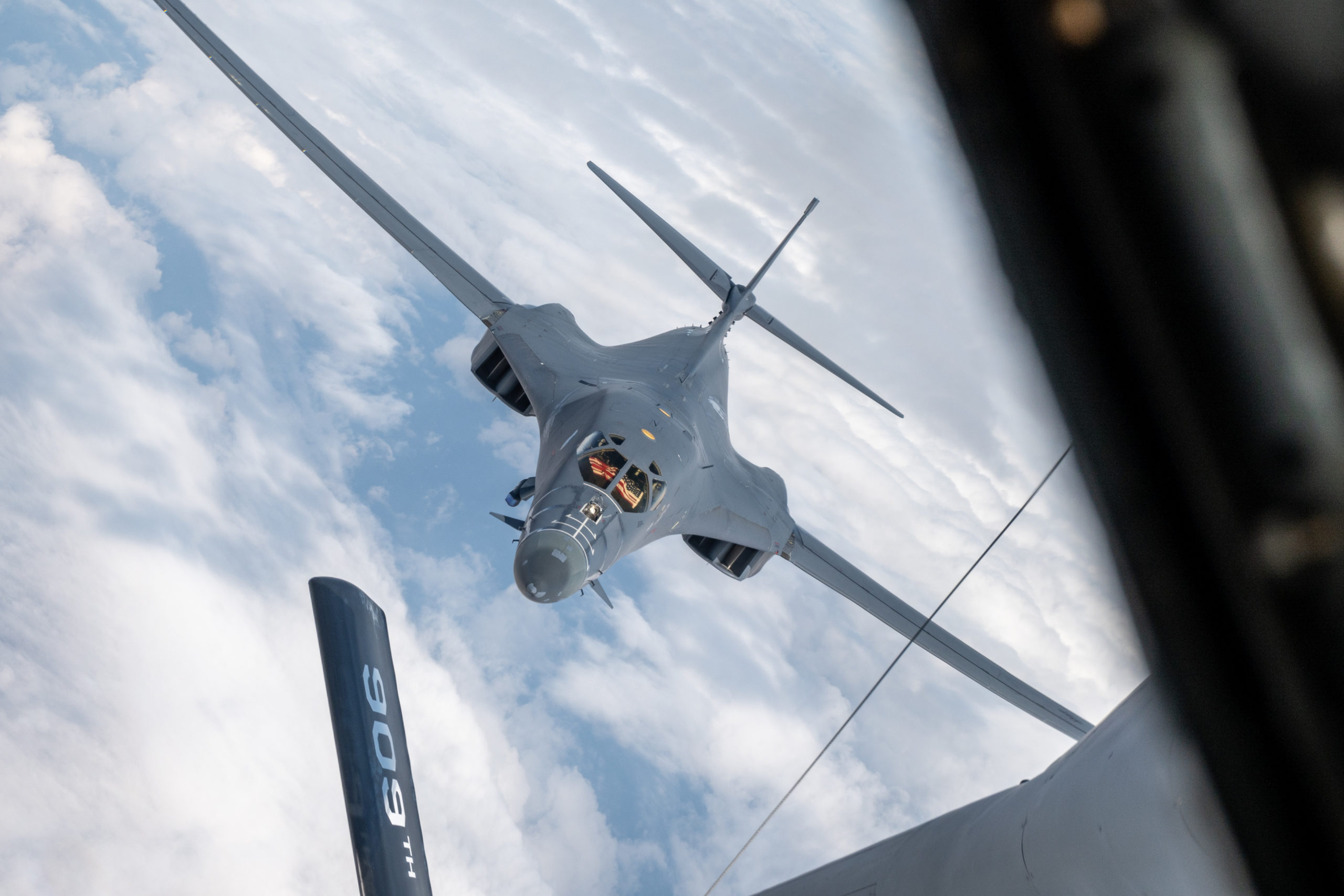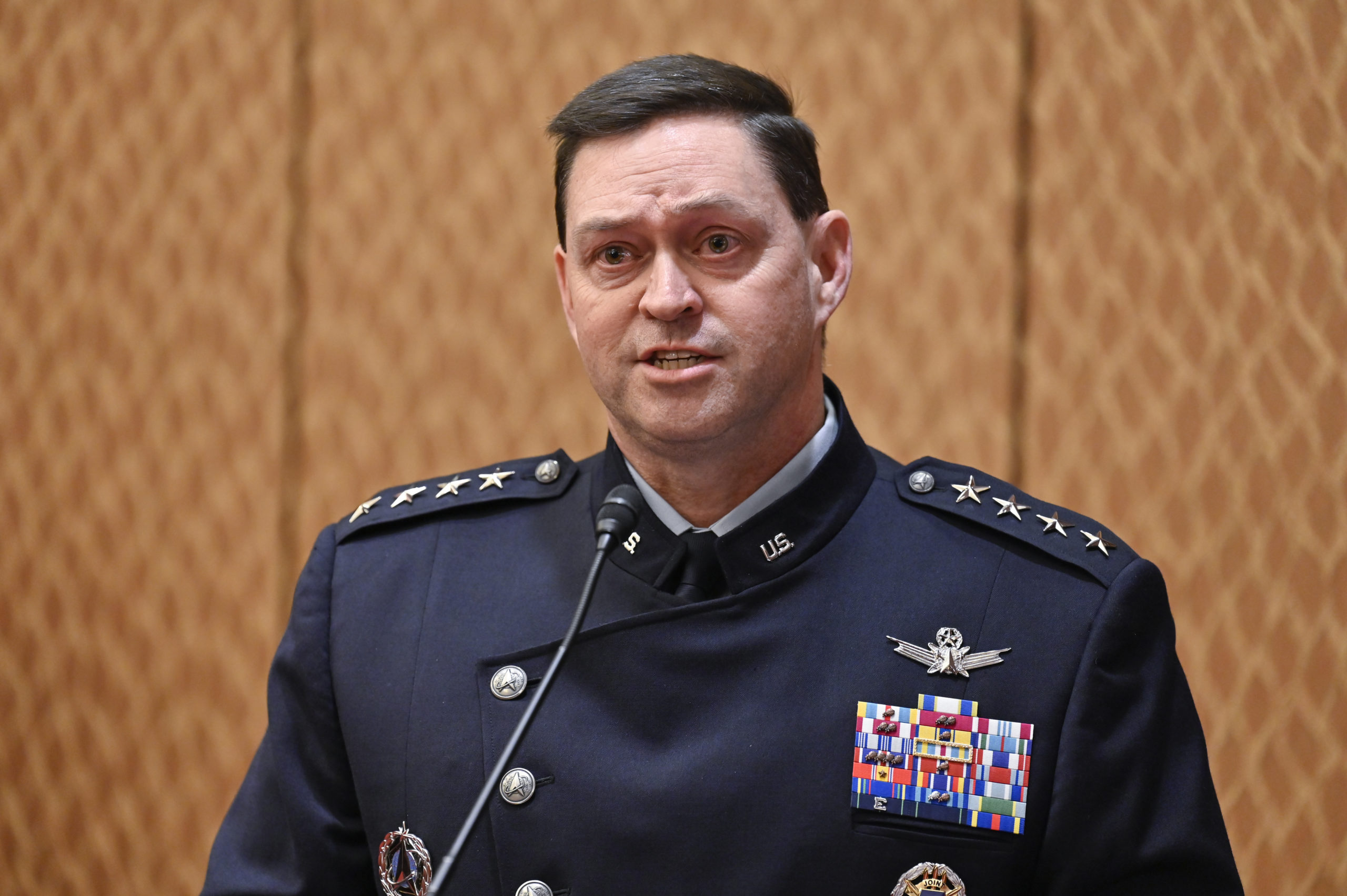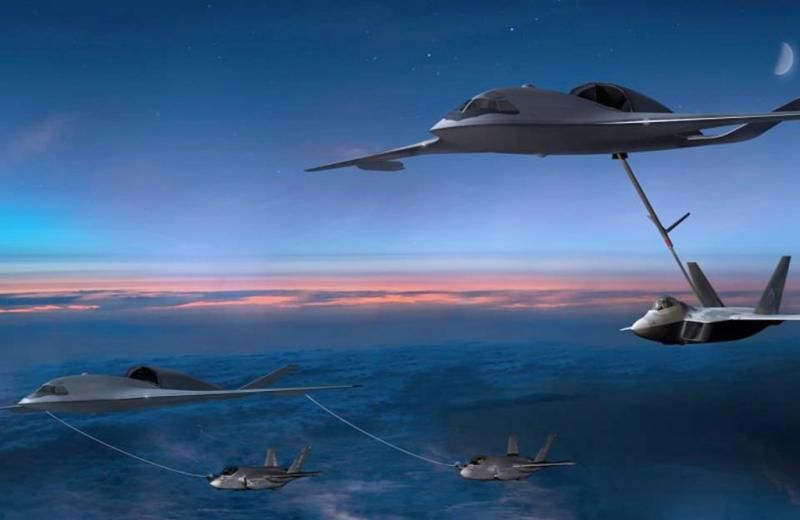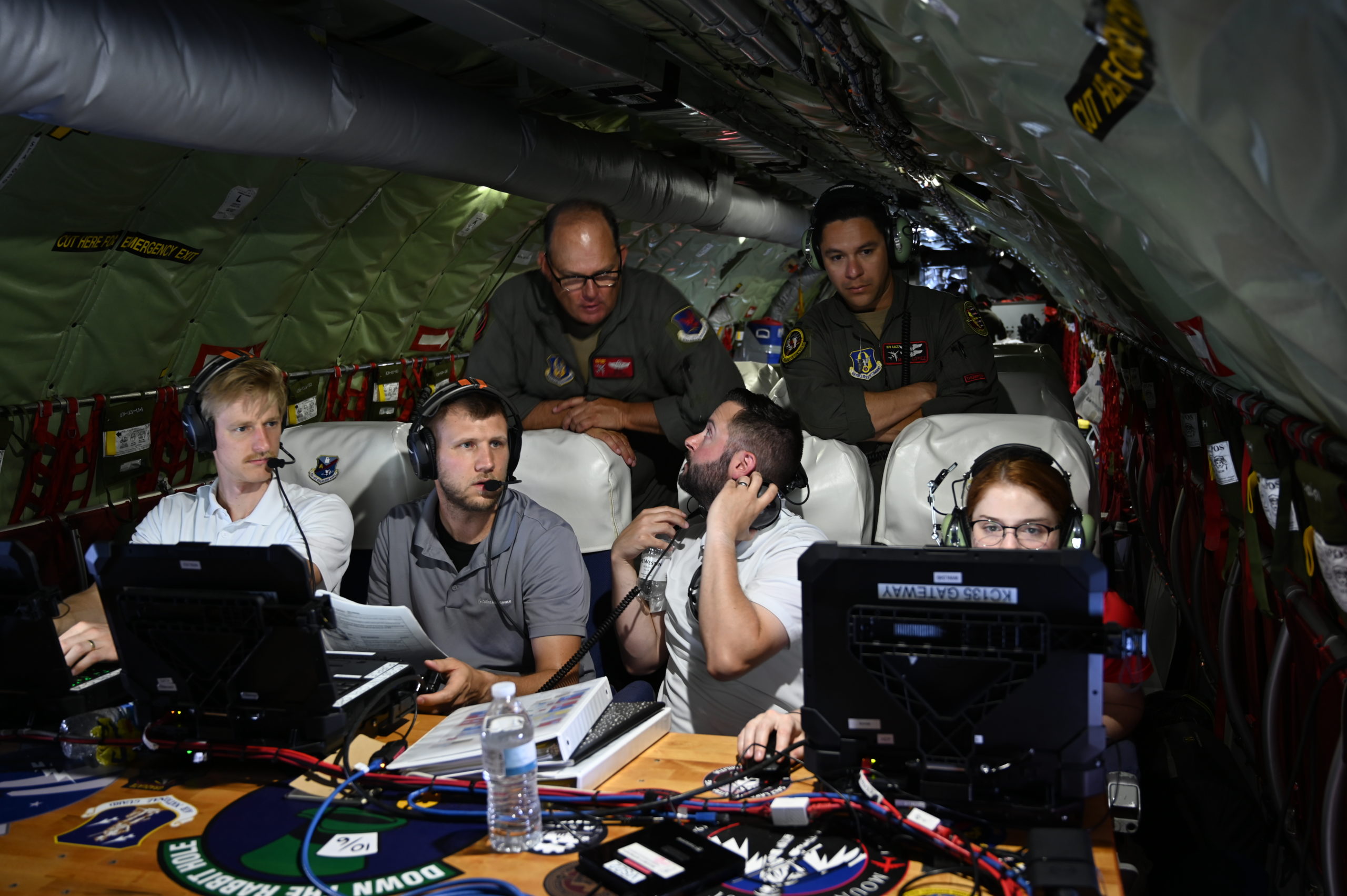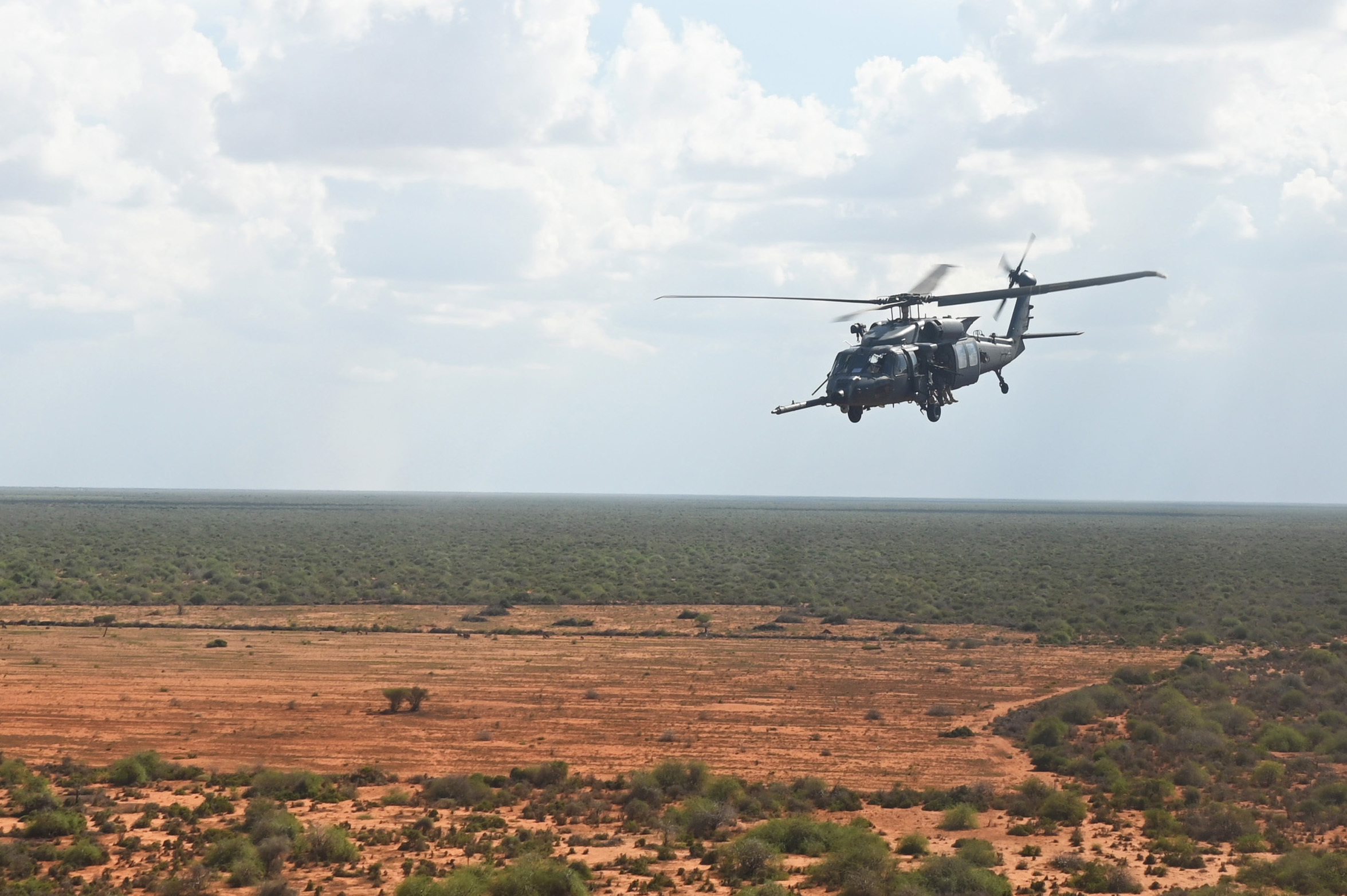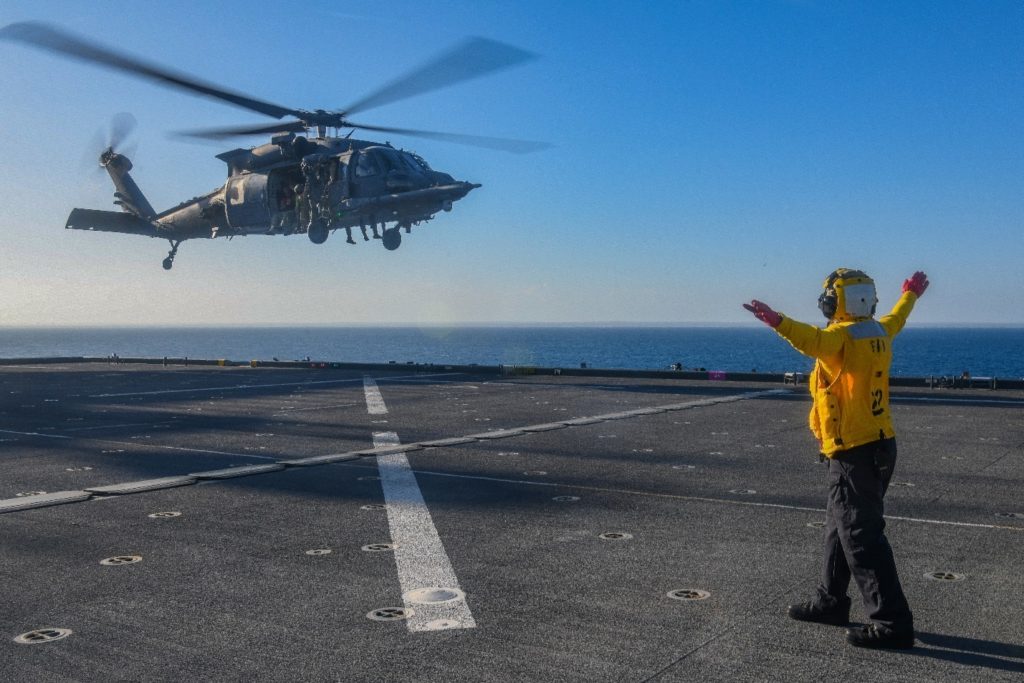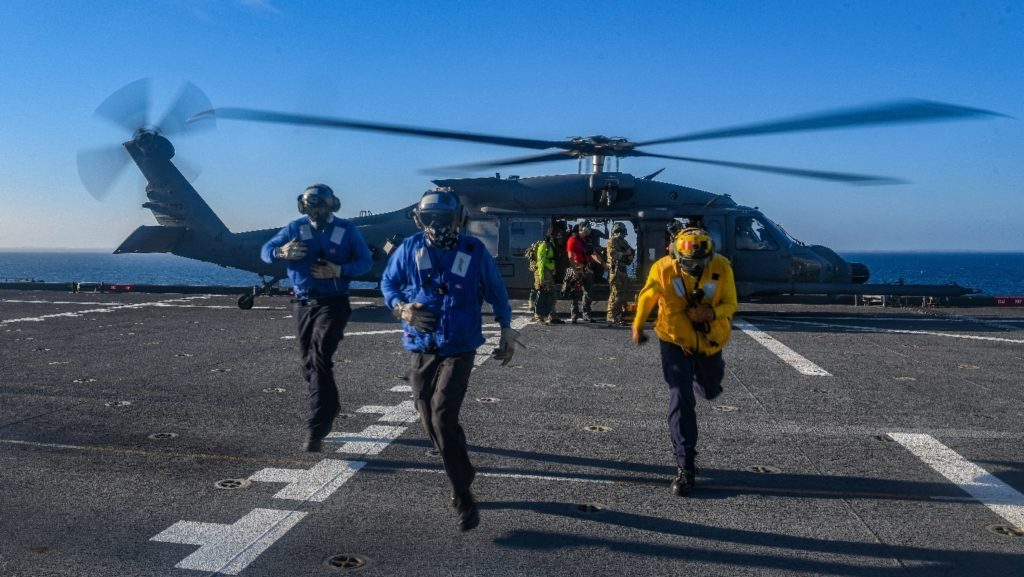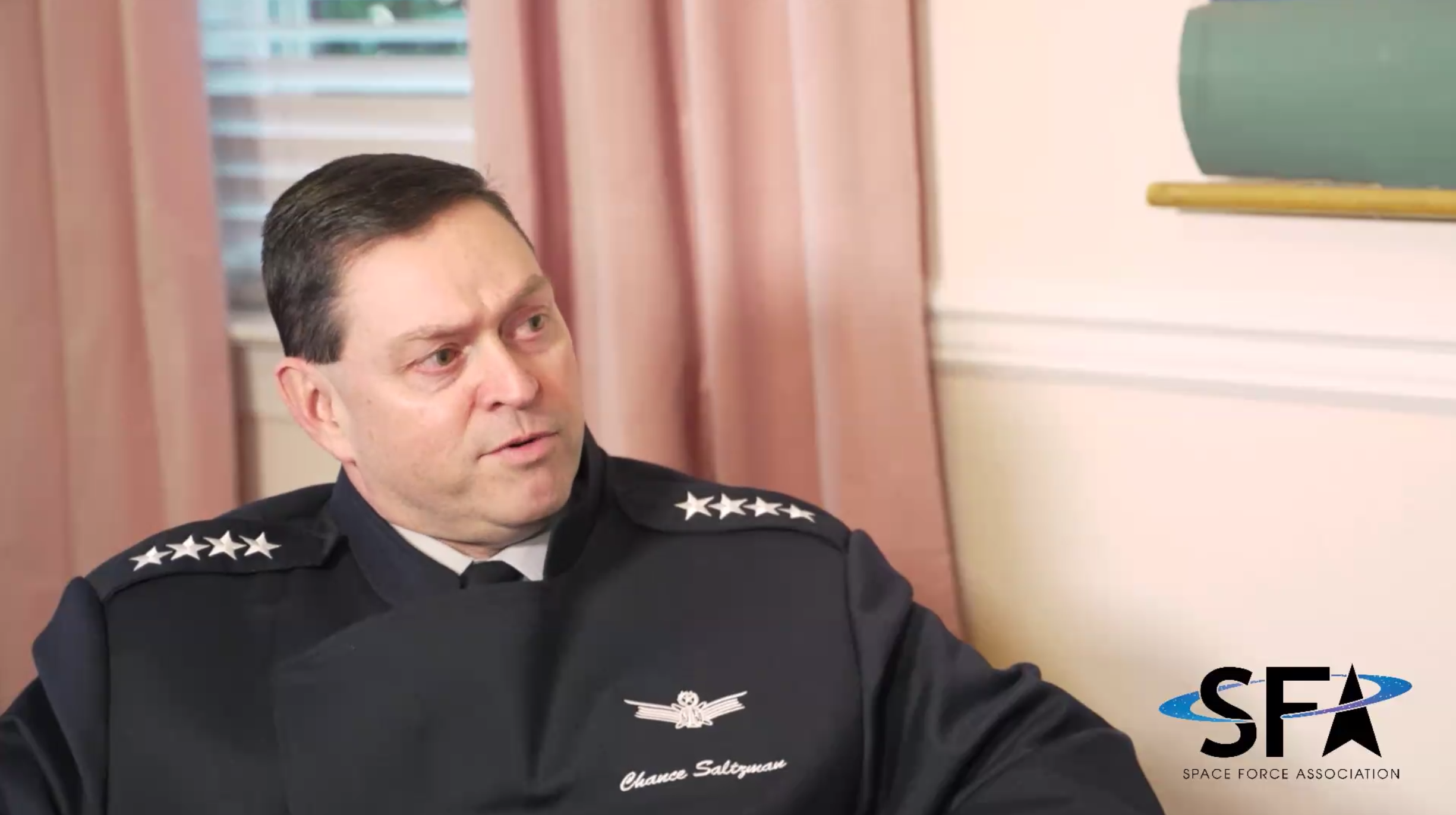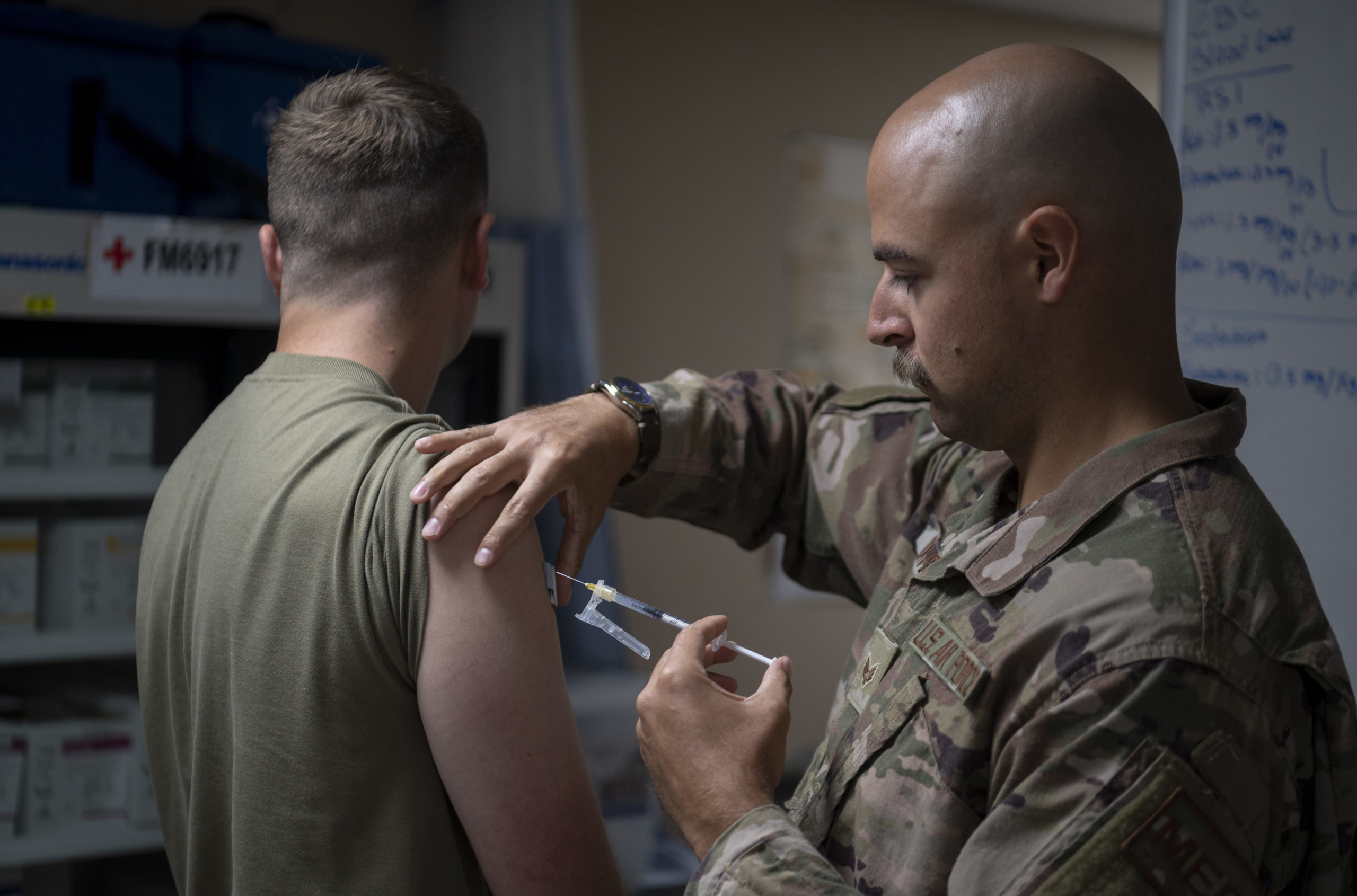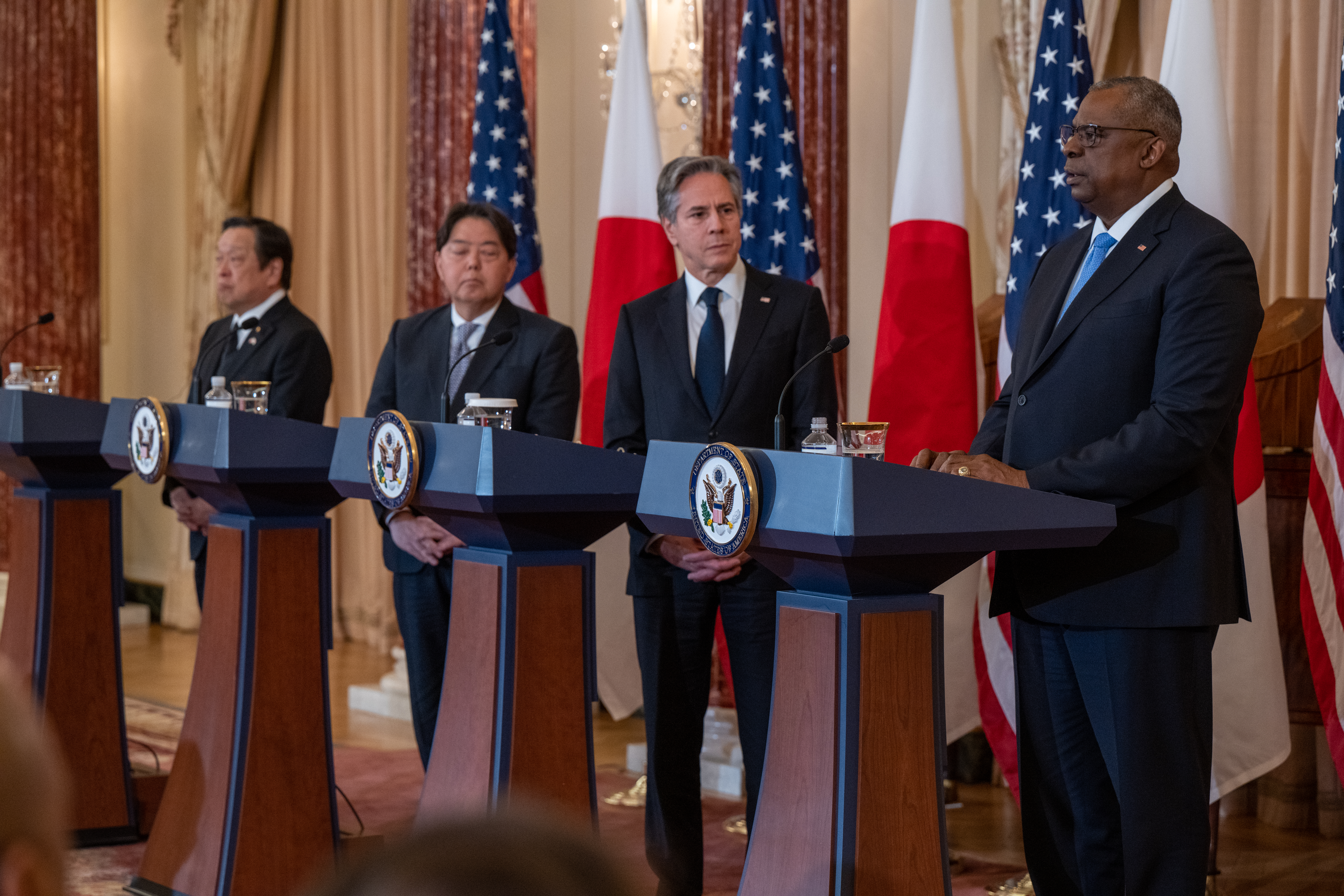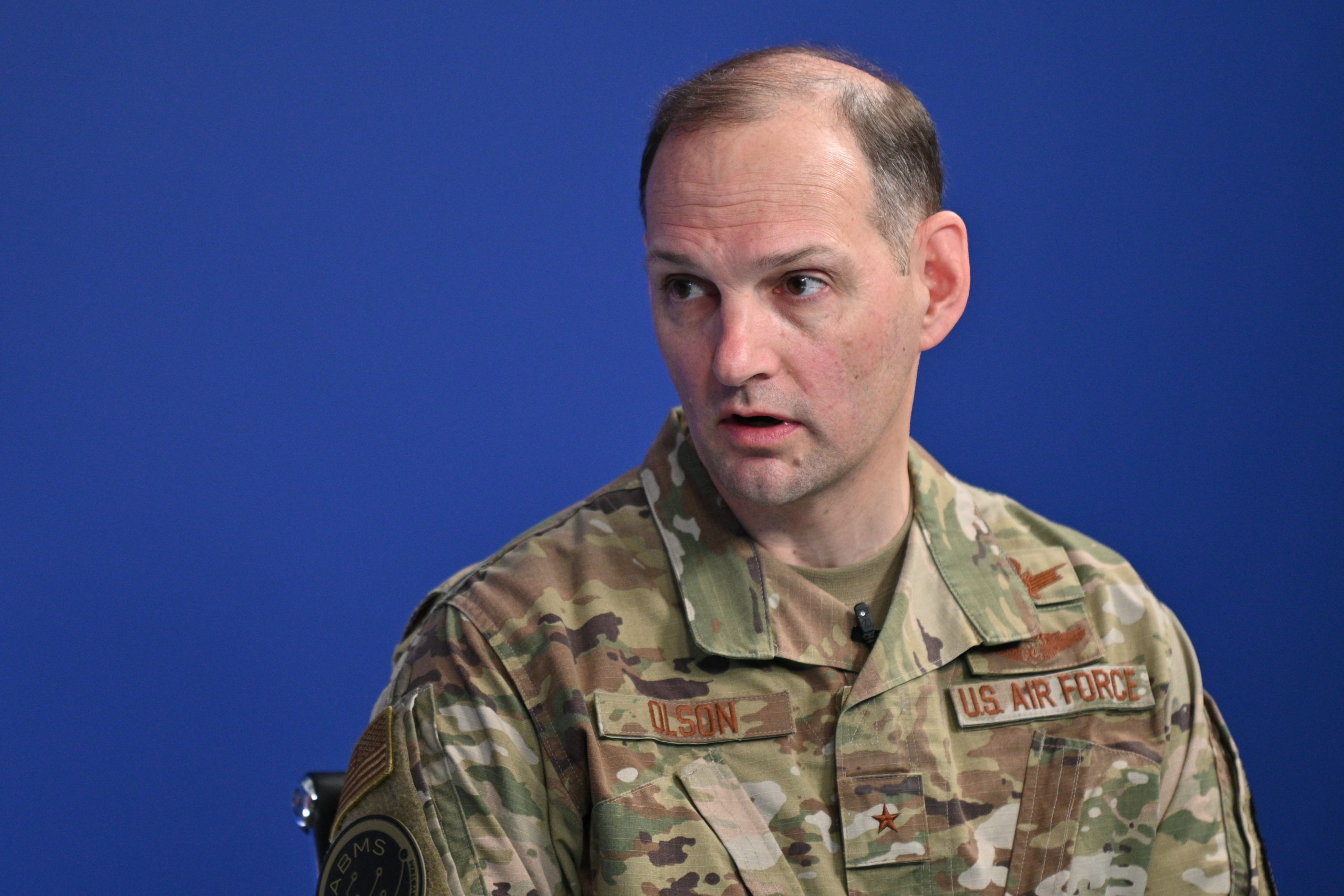A B-1B Lancer from Ellsworth Air Force Base flew from South Dakota to the Pacific and back earlier this week, integrating with Japanese F-15s and linking up with a KC-135 tanker along the way.
The long-duration, CONUS-to-CONUS mission, used a single B-1 bomber from the 37th Bomb Squadron to showcase the Air Force’s ability “to operate anywhere in the world at any time in support of the National Defense Strategy,” the squadron stated in a release.
The release did not detail exactly where the B-1 flew, and the 28th Bomb Wing did not immediately respond to queries. However, in a Facebook post, U.S. Strategic Command referred to the flight as a Bomber Task Force mission, noting that the bomber flew alongside F-15s from the Japan Air Self-Defense Force. Images released by the 18th Wing at Kadena Air Base, Japan, showed a KC-135 Stratotanker from the 909th Air Refueling Squadron refueling the BONE “over the Pacific Ocean.”
B-1s lately have become a regular presence in the Indo-Pacific. The 34th Bomb Squadron, also from Ellsworth, deployed Lancers to Andersen Air Force Base, Guam, in June 2022, training with the Japanese and landing in Australia for a hot-pit refueling exercise. Shortly after that, the 37th Bomb Squadron sent some of its B-1s to Guam for about six weeks, during which the jets carried naval mines, practiced Agile Combat Employment, and flew over the Korean Peninsula in a show of force in response to North Korean missile tests—the first such flight in five years.
B-1s have conducted other CONUS-to-CONUS missions recently, as well. Two of the bombers from Dyess Air Force Base, Texas, flew to the U.S. Southern Command area of responsibility in September, integrating with partner nations Ecuador and Panama, and countering “illegal, unreported, and unregulated fishing operations off the coast of Ecuador in the vicinity of the Galapagos Islands,” according to a 7th Bomb Wing press release.
